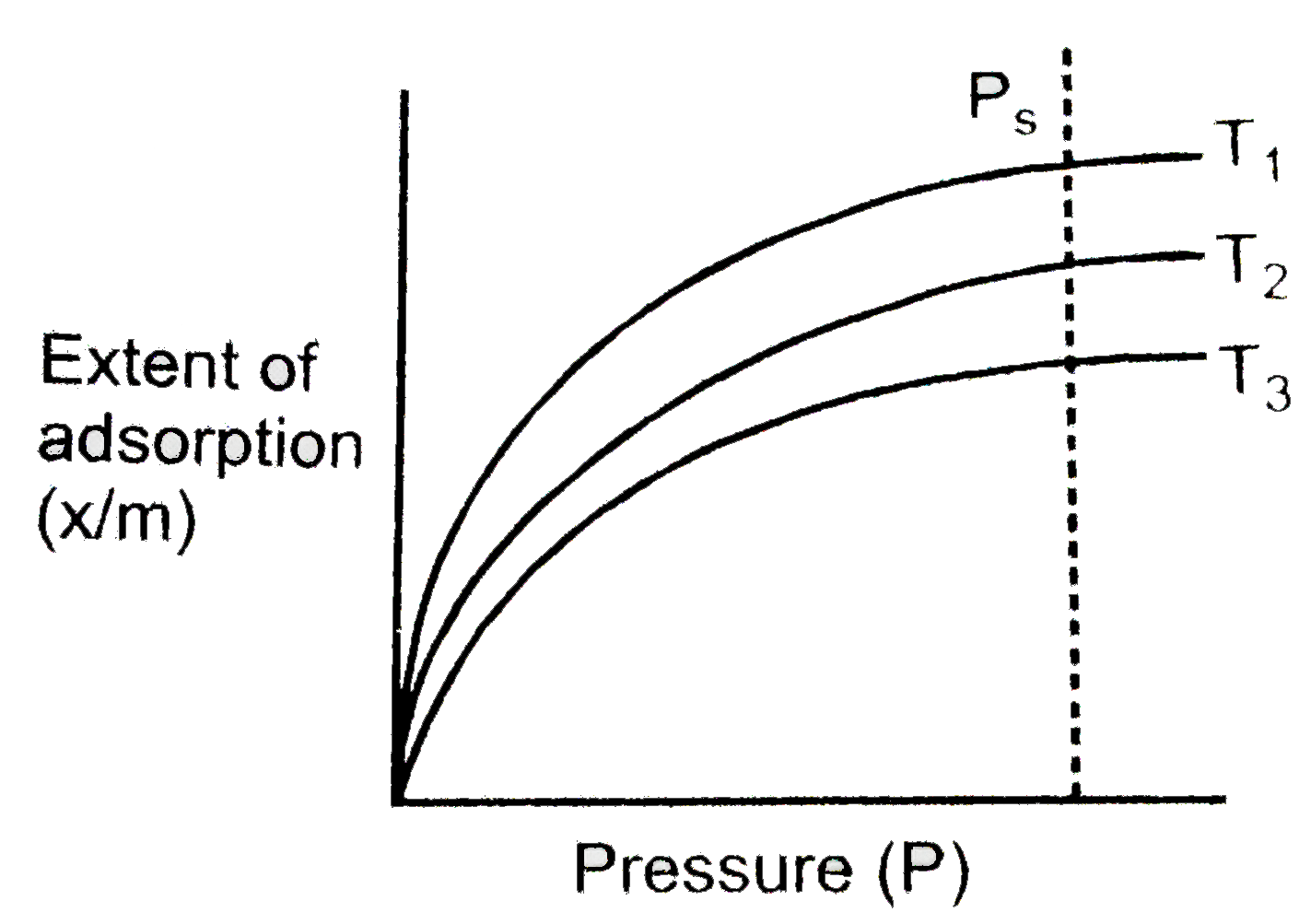For the first order reaction A→B+C , carried out at 27∘ C . If 3.8×10−16% of the reactant molecules exists in the activated state , the Ea (activation energy) of the reaction is:
a) 12 KJ/mol
b) 831.4 KJ/mol
c) 100 KJ/mol
d) 88.57 KJ/mol
Solution in Punjabi
12 KJ/mol
831.4 KJ/mol
100 KJ/mol
88.57 KJ/mol
The correct Answer is:C
Step by step video & image solution for For the first order reaction A rarr B +C , carried out at 27^(@) C . If 3.8 xx 10^(-16)% of the reactant molecules exists in the activated state , the E_(a) (activation energy) of the reaction is: a) 12 KJ/mol b) 831.4 KJ/mol c) 100 KJ/mol d) 88.57 KJ/mol by Chemistry experts to help you in doubts & scoring excellent marks in Class 12 exams.
Updated on:21/07/2023Topper's Solved these Questions
- CHEMICAL KINETIC & NUCLEAR CHEMISTRYBOOK - NARENDRA AWASTHICHAPTER - CHEMICAL KINETIC & NUCLEAR CHEMISTRYEXERCISE - Level 1 (Q.3 To Q.32)
1 Videos
- CHEMICAL KINETIC & NUCLEAR CHEMISTRYBOOK - NARENDRA AWASTHICHAPTER - CHEMICAL KINETIC & NUCLEAR CHEMISTRYEXERCISE - Level 1 (Q.33 To Q.62)
2 Videos
- SURFACE CHEMISTRYBOOK - NARENDRA AWASTHICHAPTER - SURFACE CHEMISTRYEXERCISE - Level -2
1 Videos
Similar Questions
The following data pertain to reaction between A and B
S.No[A][B]RatemolL−1molL−1molL−1sec−1I1×10−22×10−22×10−4II2×10−22×10−24×10−4III2×10−24×10−28×10−4
Which of the following interference(s) can be drawn from the above data
(a) Rate constatnt of the reaction 10−4
(b) Rate law of reaction is k[A][B]
(c ) Rate of reaction increases four times on doubling the concentration of both the reactant Select the correct answer codes:
a) a,b and C
b) a and b
c) b and c
d) c alone
View Solutioncolumn Icolumn IIP.Zero order reaction1.t1/2α1[A]0Q.First order reaction2.t100%=[A]0/kR.second order reactions3.Involves at least two reactantsS.Pseudo unimolecular reaction4.[A]=[A]0e−kt
View Solutionfor the graph below, select correct order of temperture ?

View SolutionFor A+B→C+D,ΔH=−20kJmol−1, the activation energy of the forward reaction is 85kJmol−1. The activation energy for backward reaction is …… kJmol−1.
View SolutionIn an exothermic reaction A rarr B , the activation energy of the forward reaction is 200 kJ mol^(-1) . The enthalpy of the reaction is 280 kJ mol^(-1) . The activation energy of the reverse reaction B rarr A is
View SolutionFor the first order reaction A rarr B +C , carried out at 27^(@) C . If 3.8 xx 10^(-16)% of the reactant molecules exists in the activated state , the E_(a) (activation energy) of the reaction is:
View SolutionFor a reaction A→B,Ea=10kJmol−1,ΔH=5kJmol−1. Thus, potential energy profile for this reaction is:
View SolutionThe activation energy of exothermic reaction ArarrB is 80 kJ "mol"^(-1) . The heat of reaction is 200 kJ "mol"^(-1) . The activation energy for the reaction Brarra ( in kJ/mol) will be :
View SolutionIf a reaction A+B→C is exothermic to the extent of 30 kJ/mol and the forward reaction has an activation energy of 70 kJ/mol, the activation energy for the reverse reaction is
View SolutionThe reaction A+B rarr AB has an enthalpy of reaction of -85.0 KJ- "mol"^(-1) . If the activation ehthalpy for the forward reaction is 120.0 KJ "mol"^(-1) , What is the activation energy for the reverse reaction AB rarr A+B?
View SolutionA+B→C,ΔH=+60 kJ/mol
Eaf is 150 kJ. What is the activation energy for the backward reaction ?
View SolutionThe reaction
A+B→C+DΔH=30kJmol−1
should have activation energy
View SolutionFor A+B rarr C+D,DeltaH=-20 kJ mol^-1 , The activation energy of the forward reaction is 85 kJ mol^-1 . The activation energy for backward reaction is…….kJ mol^-1 :
View SolutionFor A+B rarr C+D,DeltaH=-20 kJ mol^-1 , The activation energy of the forward reaction is 85 kJ mol^-1 . The activation energy for backward reaction is…….kJ mol^-1 :
View SolutionA+B rarr C, DeltaH = +60 kJ/mol E_(a_f) is 150 kJ. What is the activation energy for the backward reaction ?
View SolutionThe activation energy of exothermic reaction A→B is 80 kJ mol−1 . The heat of reaction is 200kJmol−1. The activation energy for the reactionB→a ( in kJ/mol) will be :
View Solution
